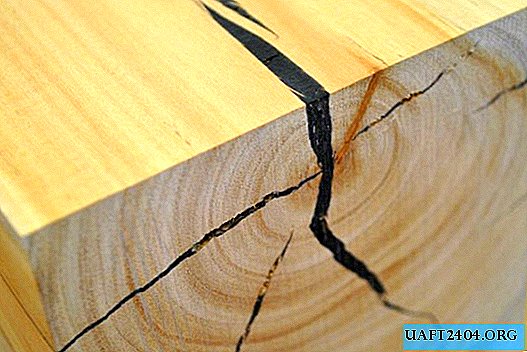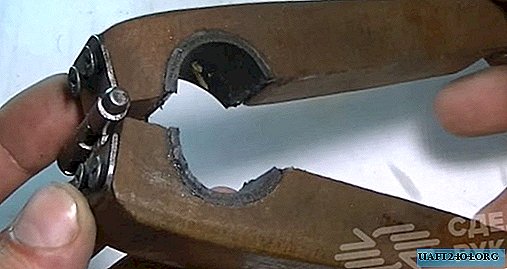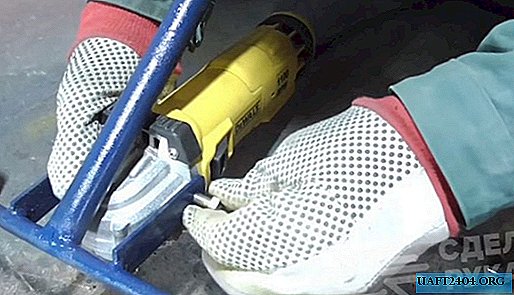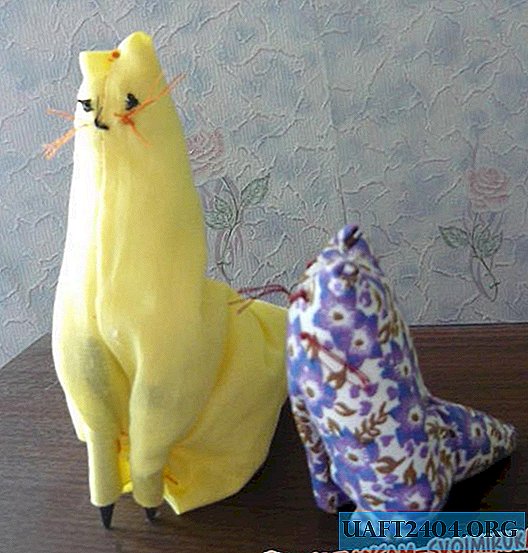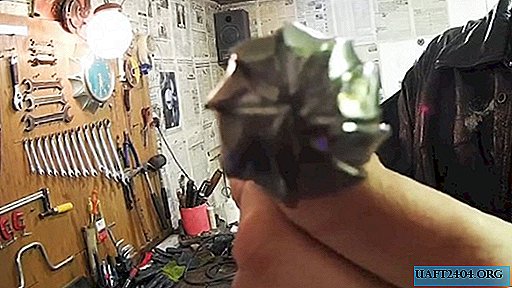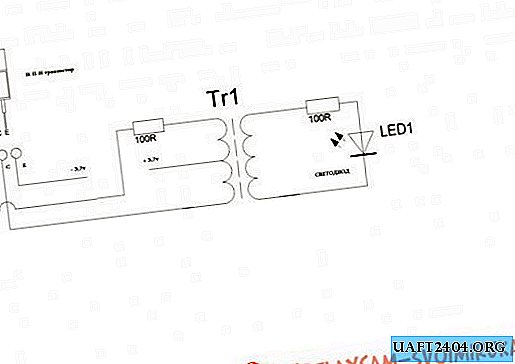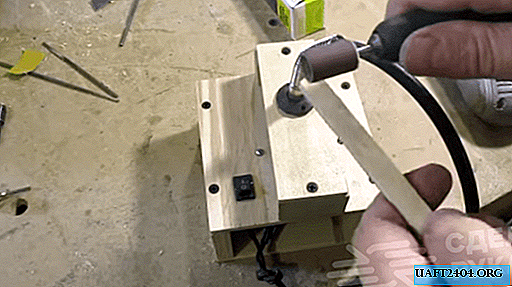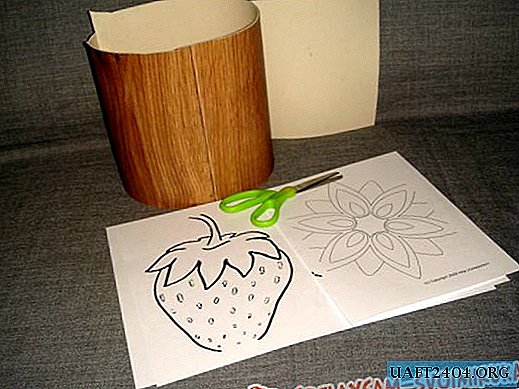Share
Pin
Tweet
Send
Share
Send
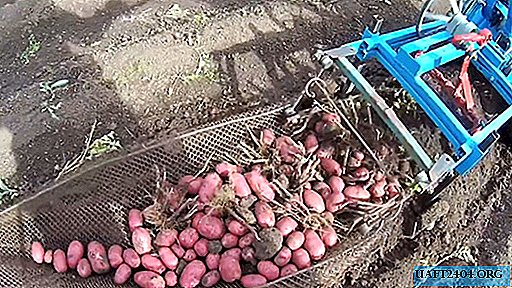
What is needed
The dug potatoes will be fed to the grid, the mesh size is approximately 2-3 cm. You can specially buy chain-link with these parameters or use an old metal bed. The mesh length is approximately 1.5-2.0 m, the width is 1 m. To strengthen the structure, a wire rod with a diameter of 5-6 mm is used, the mesh is fixed to the wheels. There is no point in acquiring specials; the running gear from unnecessary prams is great.
Manufacturing process
Cut corners from the bed and remove the metal mesh.

Prepare the roar of a potato digger, it can be either factory or self-made. Install it on a walk-behind tractor.

Prepare the grid. In order for the edges to rise slightly and make a recess for potatoes, stick a wire rod around the edges. The length of the wire should be about 30-40 cm more than the size of the mesh, then free ends will be needed.

Slide the screen under the screen and wire it to the screen brackets. Make sure that there are no gaps between the elements, then the potatoes fall into them.

Start the engine of the walk-behind tractor and check the operability of the structure.
Remove the wheel axle from the old baby stroller. The dismantling algorithm depends on the design features.

Screw them on the back of the net with wire. The wheels will lift it and will not allow the potatoes to spill out on the ground.


Start digging potatoes. If there is not enough space on the site, then at the beginning of digging, the harvesting grid can be raised to the wall.

The dug potatoes accumulate on the grid, if necessary, straighten it a little.


Now it has become to fill the crop in buckets as it is filled. Doing this is much more convenient sitting on a stool, rather than crawling in a bent position throughout the garden.

Conclusion
Potatoes should be dug after drying the earth and the full ripening of the crop. Otherwise, it does not all come off the bush and is poorly cleaned from the ground. In addition, the load on the walk-behind tractor increases significantly, the earth sticks to the wheels and they slip.
Share
Pin
Tweet
Send
Share
Send


